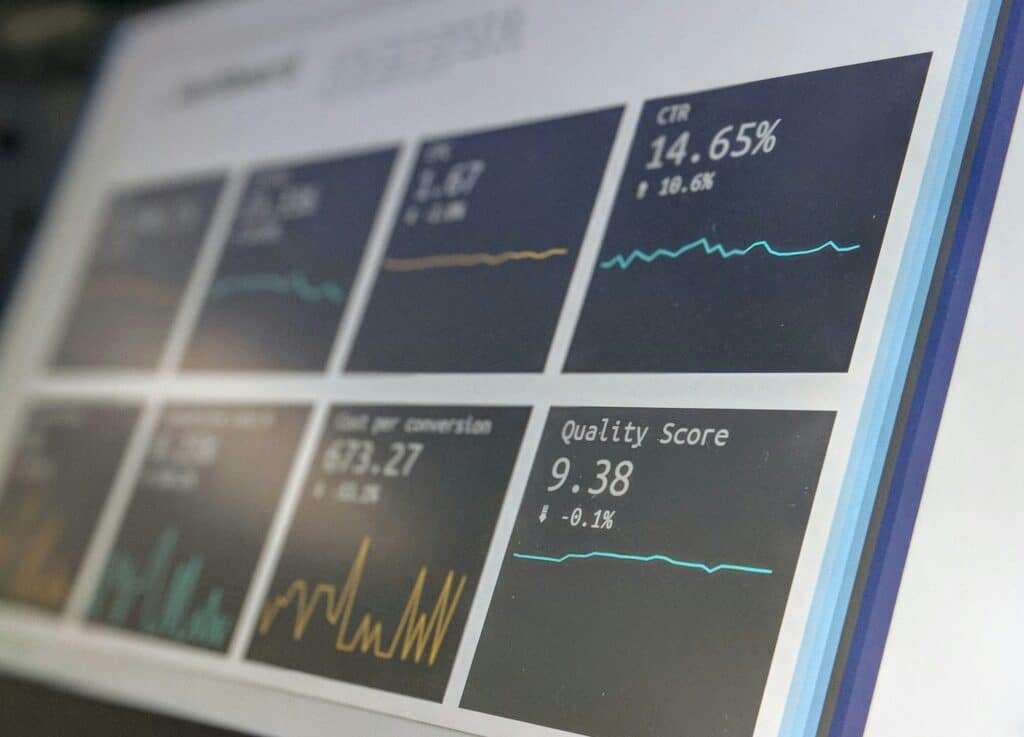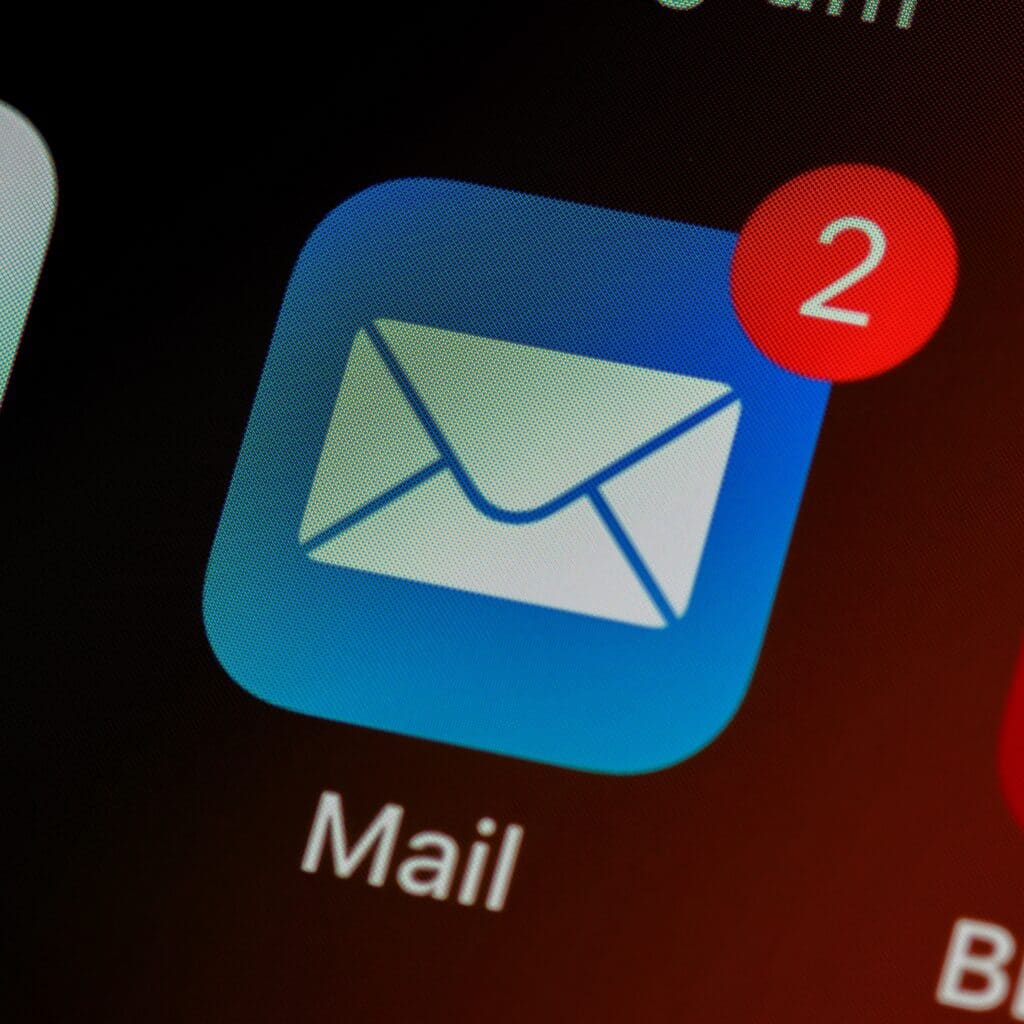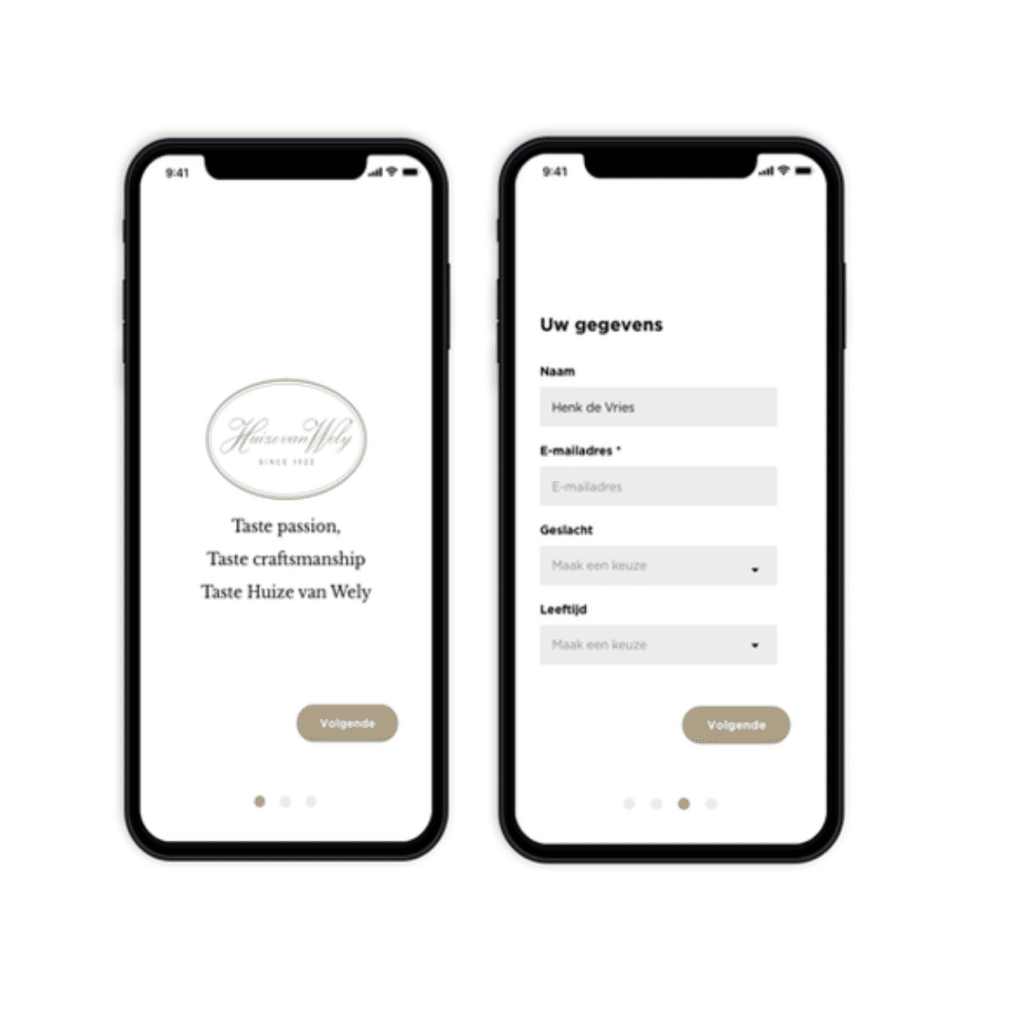
Regardless of the industry you work in (B2B, B2C, Recruitment or E-commerce)
Do you want to better understand and optimize your marketing efforts, especially when the customer journey is long and complex? Implementing an attribution model is one way to do that. Are you curious how? Then you've come to the right place!
In this blog we discuss why a data-driven attribution model is important for long customer journeys and how it can help you improve the performance of your marketing channels.
Briefly
A good attribution model shows which marketing channels and contact moments contribute most to a conversion. It is very normal that a customer journey includes multiple touchpoints on different platforms before a conversion takes place. This allows you to better manage your marketing strategies and budgets across the entire funnel and better measure actual costs. Looking for a more detailed explanation? Then read on.
Table of contents
- Attribution makes marketing measurable
- The customer journey + example
- Multitouch versus singletouch attribution
- The future: data-driven attribution
- Getting started with attribution
- Attribution settings in Google Analytics
- Conclusion
Attribution makes marketing measurable
Now that more than half of marketing is done online, tracking and measuring customer behavior has become much easier and more precise. On the other hand, increasingly strict privacy legislation makes it more difficult to measure at all.
In addition, many organizations and marketers find it difficult to clarify the connections between website visits, follow-up actions and ultimate customers without fully attributing the conversion to one channel.
Without this clarity, companies sometimes see marketing as a cost item instead of an investment, or budgets are distributed unfairly due to an incorrect picture of the situation. Good attribution ensures transparency about the results of your marketing efforts and shows which channels really contribute to a conversion.
The customer journey
A customer journey is rarely linear. Customers go through different phases – from awareness, consideration, to purchase – often through different channels and in an unpredictable order. Customers can move through phases without you knowing in a process that can take weeks or months. How do you determine which contact moment was the most valuable?
Example of a customer journey
- Online search: A customer finds your blog post via Google via an organic search. Interesting!
- LinkedIn ad: Via a retargeting campaign on LinkedIn, the lead is referred to a free webinar on this subject. Would you like to register without obligation? He does that right away!
- Shelter: Brand awareness is higher, now the offline poster campaign about the solution you offer suddenly stands out!
- Webinar: The webinar starts. The customer follows the link from a reminder email and follows the webinar. That was educational.
- Email campaign: The customer will receive a follow-up email with a link to an additional free e-book after attending the webinar.
- E-book: From this e-book the customer clicks through to a landing page designed for this purpose.
- Direct communication: The customer contacts the sales department via the chat on the landing page.
- Purchase and follow-up: After a conversation with the sales department, the customer decides to enter into a collaboration and then receives a personal follow-up email with more details.
Which of the above contact moments led to the conversion? Is it the organic blog that planted the first seed, or the landing page where the conversion actually happened? If you give all the credit to the blog post, you're saying that's where the entire budget should go. But in reality, all contact moments and resources contribute to the final conversion, because a customer journey is complex and involves multiple steps.
Multitouch vs. singletouch attribution
Attributing the conversion to one channel is called single-touch attribution. As you now know, this is often too simplistic, especially in complex B2B environments. That's why marketers often used multitouch attribution, which attributes the conversion to multiple channels, but those models are also now outdated. Google Analytics 4 and Google Ads have stopped offering the four old multi-touch attribution models: First-click, Linear, Time decay and Position-based.
The future: data-driven attribution
Data-driven attribution is a method that uses machine learning to determine which marketing channels and touchpoints contribute most to a conversion. Instead of simply giving all the credit to the first or last touchpoint, data-driven attribution analyzes the entire customer journey. The model takes into account various factors such as time to conversion, the type of device, the number of interaction moments and the order of these interactions.
Data-driven attribution therefore differs enormously from older attribution models. The model also takes into account a growing number of users whose data is missing due to, for example, ad blockers or browser tracking prevention. This does mean that it becomes more difficult to find information about the first or last point of contact. You can still find out this information by doing analyzes via a GA4 data stream to Google BigQuery.
Want to get started with data-driven attribution?
To use the data-driven attribution model, you must achieve at least 30 conversions within 600 days. This ensures that the model has enough data to work accurately.
Not every website achieves this number of conversions. If you do not meet this requirement, you cannot apply data-driven attribution. You can solve this problem by setting up smart goals in Google Analytics 4. This can help you meet the conversion requirement.
Attribution settings in Google Analytics
Do you already use Google Analytics 4? Then you can easily find and use the data-driven attribution model. You don't have to set anything. Go to 'Advertising Workspace' and view the 'Model comparison' and 'Conversion paths' reports. Here you can see how the data-driven attribution model assigns conversion value to each channel.
At property level you can adjust the Reporting attribution model to Data-driven under 'Attribution Settings'. You will also see the attribution in the Conversion report and in your Explore environment.
Conclusion
Adopting a data-driven attribution model is a good next step for marketers who want a deeper understanding of their marketing efforts across complex customer journeys. And that is useful! This way you manage your campaigns more accurately and allocate budgets more effectively.
Do you want advice or help with your B2B marketing? Social Brothers will help you! Contact us via the module at the bottom of this page or visit our Contact page.
Help us, what do you think?
Thank you, your feedback has been received!
Thank you, your feedback has been received!



















































































































































